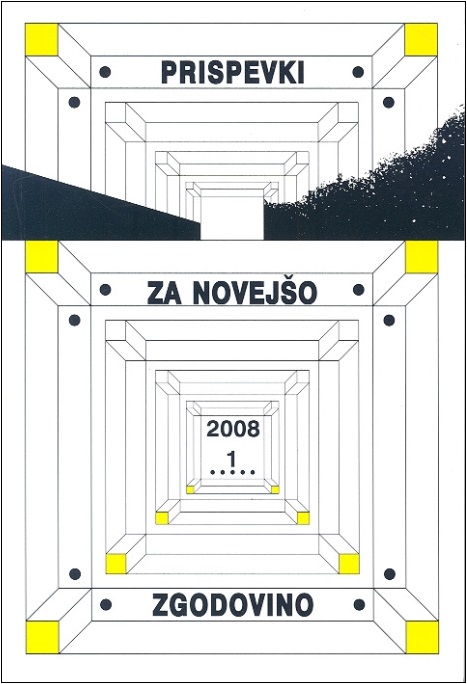Teritorialni obseg judovskih verskih občin na ozemlju sedanje Slovenije pred drugo svetovno vojno
Territorial Scope of Jewish Religious Comunity in the Territory of Today's Slovenia before World War II
Author(s): Andrej PančurSubject(s): Jewish studies, Social history, 19th Century, Pre-WW I & WW I (1900 -1919), Interwar Period (1920 - 1939), Sociology of Religion
Published by: Inštitut za novejšo zgodovino
Keywords: Slovenia; Habsburg Monarchy; Yugoslavia; Jews; religious congregations; legislation; emancipation;
Summary/Abstract: The formation and territorial scope of Jewish religious communities in the territory of today's Slovenia was, before World War II, inseparable from the settlement structure of the Jewish population in this area. Thus the first Jewish communities formed in the context of Hungary in the Prekmurje region (Lendava, Murska Sobota and, temporarily, Beltinci), where Jews had been settling in more significant numbers ever since the end of the 18th century. In the Carniola and Lower Styria comunity, Jews only started settling permanently after 1867, and in 1893 they were included in the Jewish in Graz. After Yugoslavia has been formed, the former Kranjska region Jews joined the Jewish in Zagreb, while the former Štajerska region Jews joined the Jewish in Varaždin. The author of this article carries out a very precise analysis of how these Jews were annexed to the Jewish in Murska Sobota in 1929 and of the resistance that this annexation caused.
Journal: Prispevki za novejšo zgodovino (before 1960: Prispevki za zgodovino delavskega gibanja)
- Issue Year: 48/2008
- Issue No: 1
- Page Range: 43-54
- Page Count: 12
- Language: Slovenian

